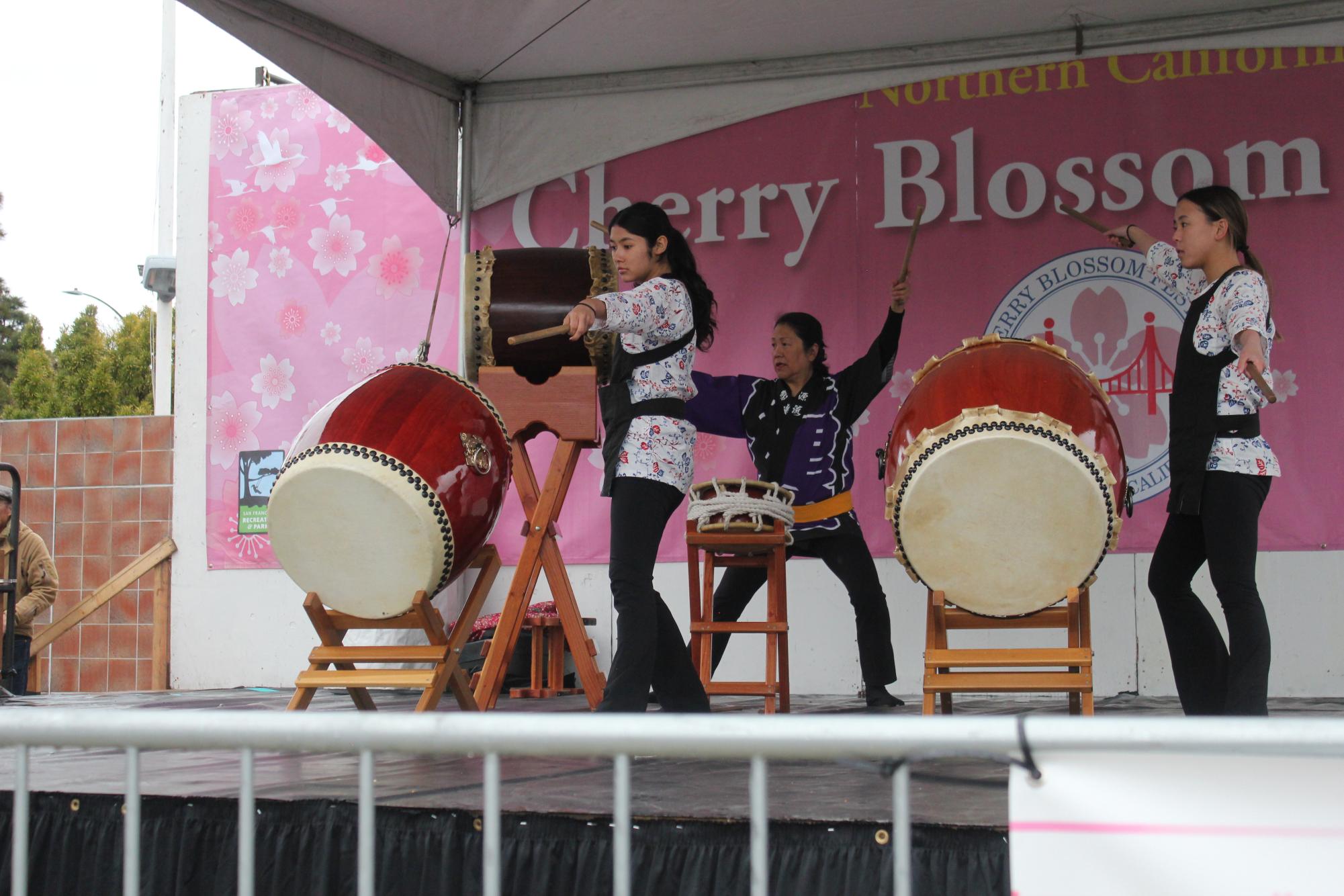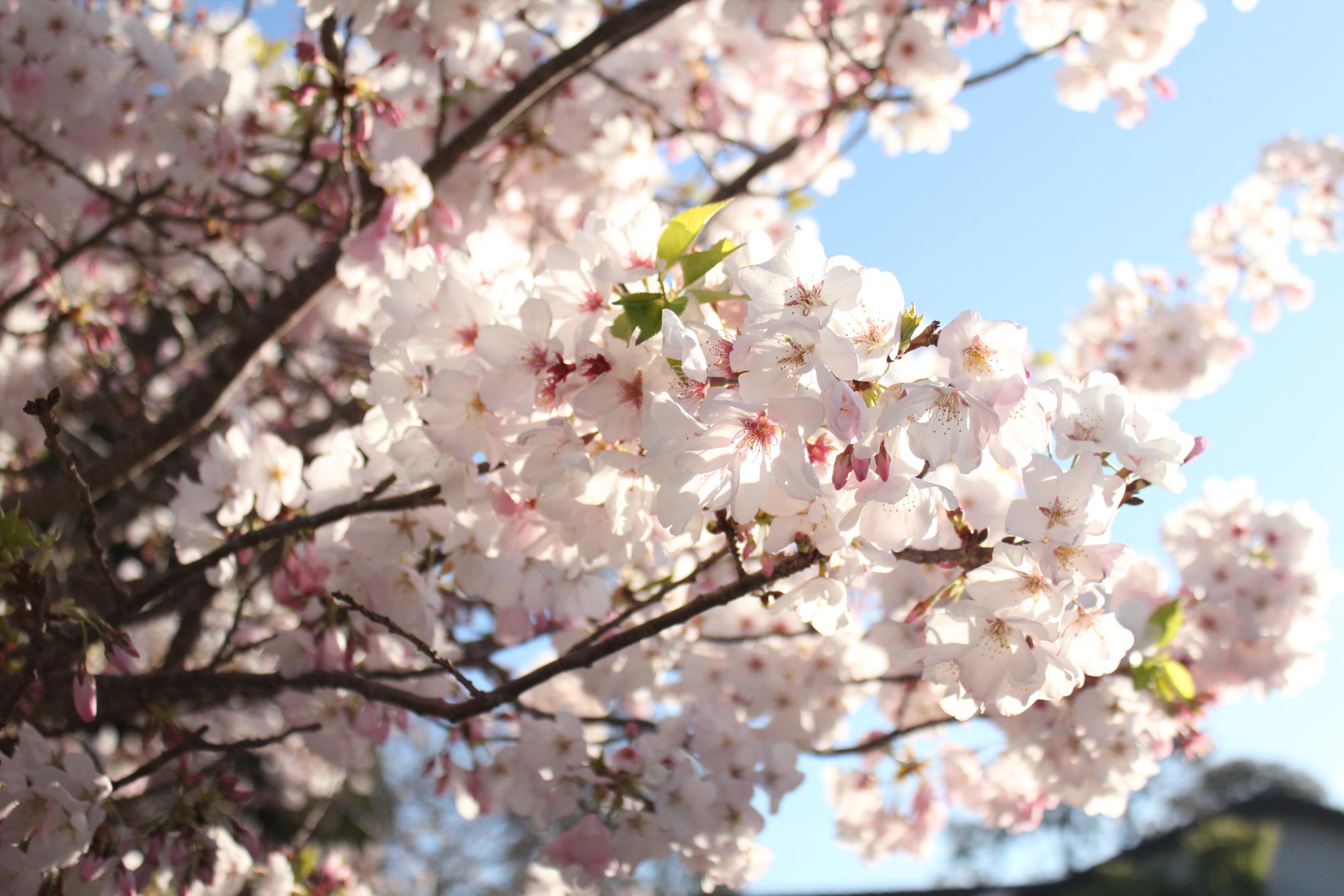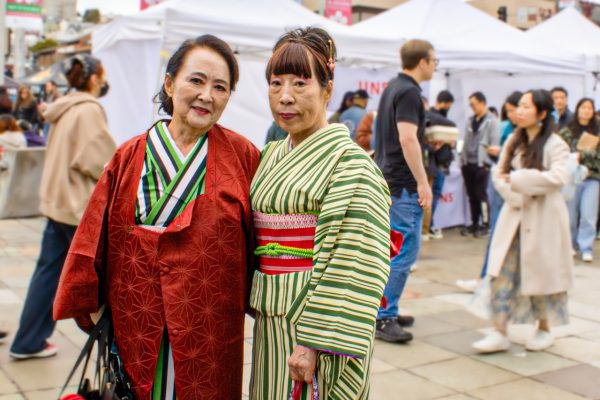About the Contributors
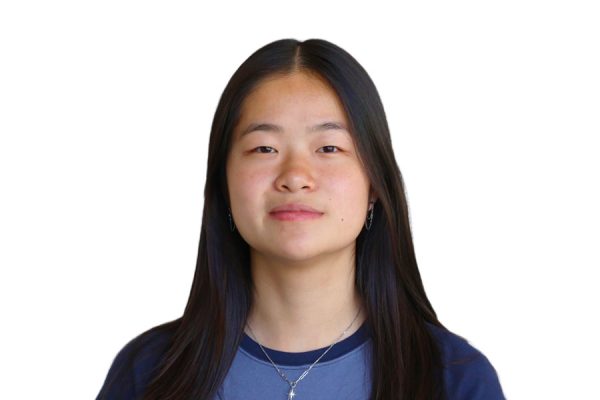
Elaine Jiang, Highlander Editor
Elaine Jiang (class of 2025) is a junior at Carlmont High School and an editor for the Highlander magazine. Besides journalism, she is the co-president of the Junior State of America club at Carlmont and likes to read, hang out with friends, and watch Netflix in her free time. You can view her portfolio here!
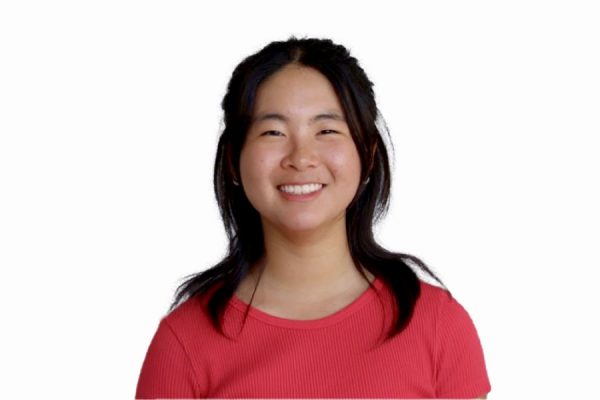
Arianna Zhu, Scot Scoop Editor
Arianna Zhu, class of '25, is a junior at Carlmont High School and an editor for Scot Scoop. She is on the girls varsity tennis team and swim team at Carlmont. Outside of school, Arianna enjoys spending time with her friends and loves to read.
Twitter: arianna_z_news
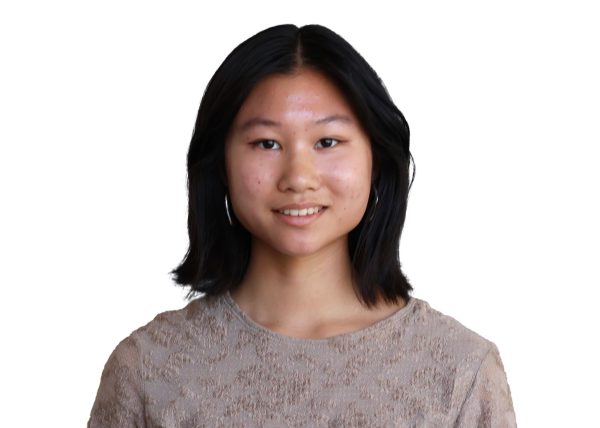
Alexandra Chan, Staff Writer
Alexandra Chan (Class of 2025) is a junior at Carlmont High School, and this is her second year in the journalism program. She has produced videos for ScotCenter and is excited to be a photojournalist for Scot Scoop this semester. Outside of school, you'll find her practicing with her ice skating team, doing yoga, and thrifting.
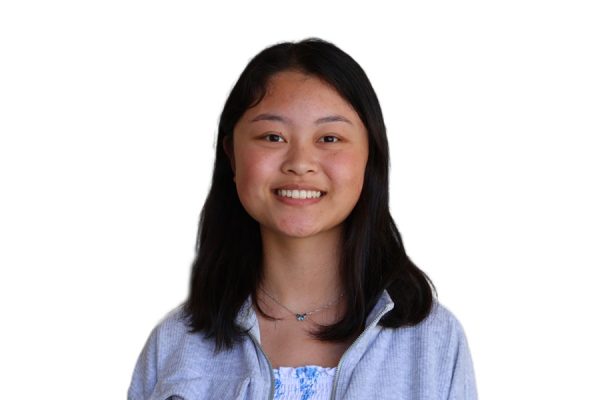
Katherine A. Zhang, Highlander Editor
Katherine A. Zhang, class of '25, is a junior at Carlmont High School and a staff writer for the Scot Scoop. She is looking forward to meeting new people and learning more about the community. Katherine enjoys reading and spending time with her friends when she has free time.
Twitter: @Katherine00718

Isabella Zarzar, Highlander Editor
Isabella Zarzar is a junior at Carlmont High School and in her second year of journalism. She enjoys reporting on a variety of topics and is thrilled to be editing for the Highlander magazine this year. In her free time, Isabella enjoys reading, photography, soccer, and spending time with her friends and family.




